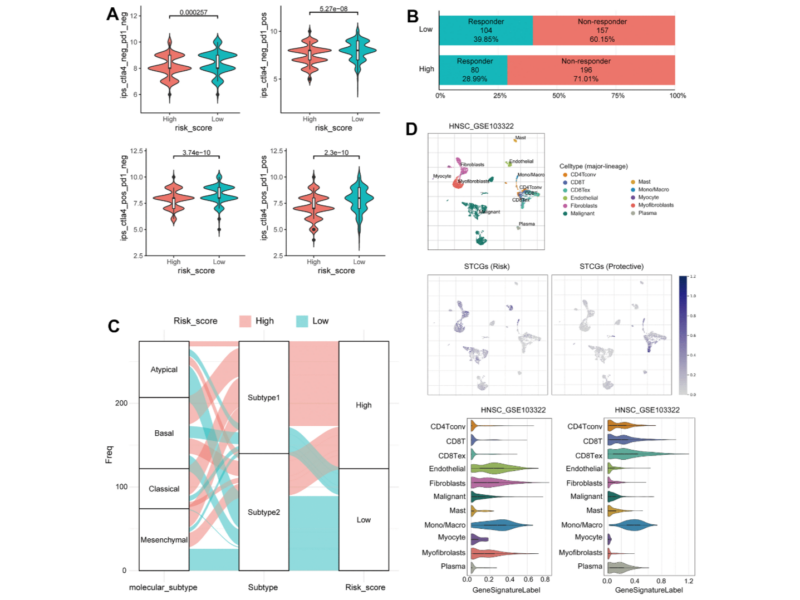PRESS RELEASE: A new research paper was published on the cover of Aging’s Volume 16, Issue 2, entitled, “Prognostic significance of senescence-related tumor microenvironment genes in head and neck squamous cell carcinoma.”
Aging (Aging-US) Authors
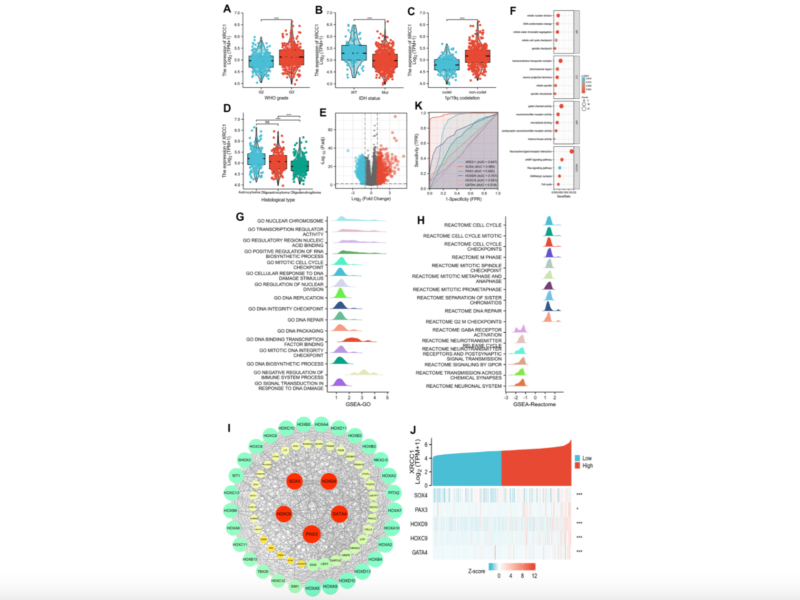
PRESS RELEASE: A new research paper was published in Aging’s Volume 16, Issue 1, entitled, “XRCC1: a potential prognostic and immunological biomarker in LGG based on systematic pan-cancer analysis.”

PRESS RELEASE: A new research paper was published in Aging’s Volume 16, Issue 1, entitled, “Targeting of FSP1 regulates iron homeostasis in drug-tolerant persister head and neck cancer cells via lipid-metabolism-driven ferroptosis.”

PRESS RELEASE: A new research paper was published in Aging’s Volume 16, Issue 1, entitled, “Systematic analysis of the prognostic value and immunological function of LTBR in human cancer.”
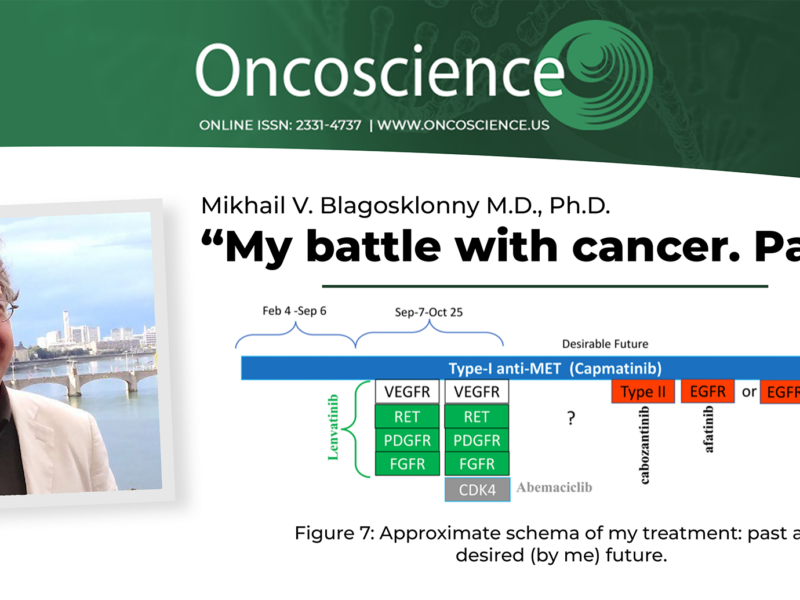
PRESS RELEASE: On January 3, 2024, Mikhail V. Blagosklonny M.D., Ph.D., published a new brief report in Oncoscience, entitled, “My battle with cancer. Part 1.”
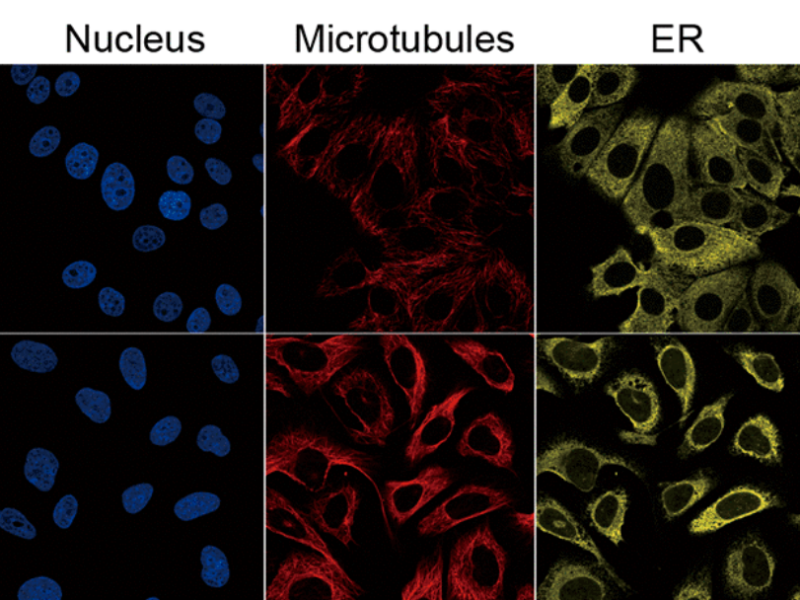
PRESS RELEASE: On January 11, 2024, a new research paper was published in Aging’s Volume 16, Issue 1, entitled, “Aberrant RBMX expression is relevant for cancer prognosis and immunotherapy response.”

PRESS RELEASE: A new research paper was published on the cover of Aging’s Volume 16, Issue 1, entitled, “Effects of resveratrol on in vitro circadian clock gene expression in young and older human adipose-derived progenitor cells.”
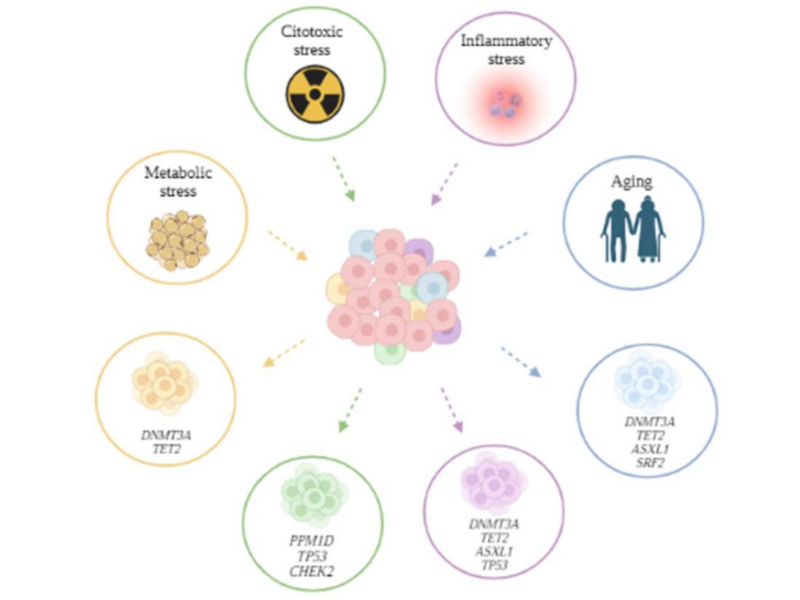
PRESS RELEASE: On December 20, 2023, a new editorial was published in Aging’s Volume 15, Issue 24, entitled, “Exploring clonal hematopoiesis and its impact on aging, cancer, and patient care.”
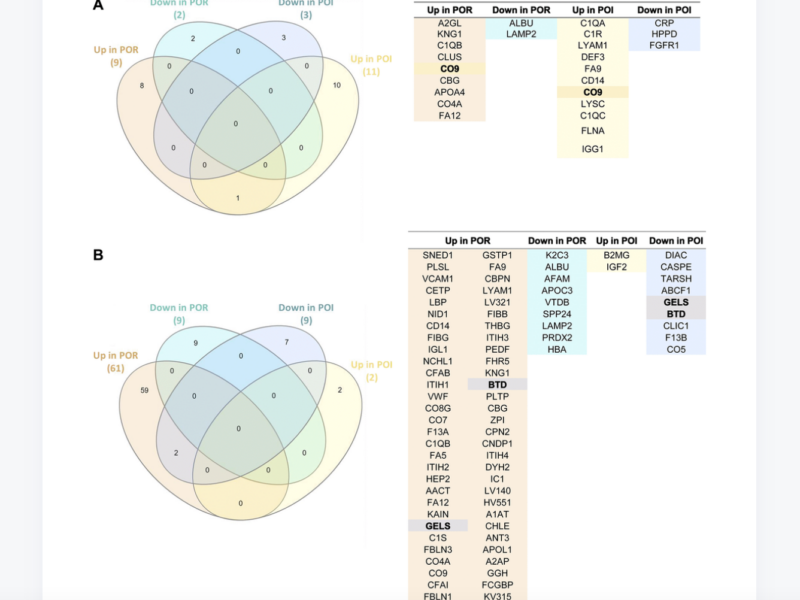
PRESS RELEASE: A new research paper was published in Aging’s Volume 15, Issue 24, entitled, “Systemic changes induced by autologous stem cell ovarian transplant in plasma proteome of women with impaired ovarian reserves.”

PRESS RELEASE: A new research paper was published in Aging’s Volume 15, Issue 24, entitled, “Mapping of the gene network that regulates glycan clock of ageing.”
